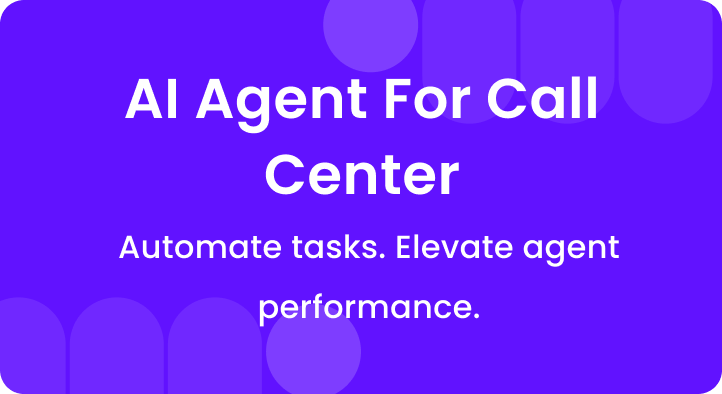AI uses natural language processing (NLP), machine learning (ML), and speech analytics. These tools help it understand emotions in voice or text.
They are trained to spot frustration, anger, and other negative feelings. Here are four common signals AI looks for:
1. Sentiment polarity
AI checks the overall tone of what the customer says. It uses sentiment analysis to label the mood as positive, negative, or neutral.
Negative words like “not helpful,” “this doesn’t work,” or “very disappointed” are flagged. These often mean the customer is unhappy.
2. Speech characteristics
AI also studies how people speak, not just what they say. It tracks pitch, speed, pauses, and volume.
If a caller speaks faster, raises their voice, or stays silent for long, AI may mark the call as negative.
3. Repeated concerns or escalation
AI notices if a customer repeats the same issue more than once. Asking for a supervisor is another red flag.
These are signs that the problem was not solved in the first place.
4. Conversation flow
AI looks at how a conversation changes. If a call starts neutral and turns negative, it gets flagged.
Interruptions or silence from the customer may also show disengagement.
Example AI can scan every recorded call in a contact center. Many centers handle thousands of calls each day. Manual reviews only cover a small number, often 1 to 2%. AI tools can analyze 100% of calls for signs of dissatisfaction. For example, a customer might say, “This is the third time I’m calling and nothing has changed.” The AI system flags this as high priority. It detects repeated complaints and negative tone. This helps QA teams review and act faster.
Post-call analytics vs. real-time monitoring
AI tools work in two main ways to detect unhappy customers.
1. Post-call analytics
These tools review the conversation after it ends. They create sentiment scores and tag emotions.
They also summarize the key issues from the call. QA teams use these reports to spot calls that need attention.
It helps them focus on coaching and follow-up.
2. Real-time monitoring
This system listens during the live call. If it hears raised voices or negative words, it reacts fast.
The platform can alert a supervisor while the call is happening. This allows live support or coaching for the agent.
It improves service before the call ends.
Benefits of using AI for detecting unhappy customers
Implementing AI-driven detection offers several operational advantages:
- Full coverage: Every customer interaction is analyzed, not just a sample.
- Faster response: Issues are flagged immediately, allowing timely intervention.
- Consistent evaluation: AI applies the same criteria across all interactions, reducing subjectivity.
- Trend analysis: Over time, AI helps identify recurring issues, product feedback, or training needs.
- Resource optimization: QA teams can prioritize reviews based on sentiment scores rather than random selection.
Summary
AI helps contact centers find unhappy customers faster. It uses sentiment analysis and speech data to detect issues.
This allows teams to respond quickly and fix problems early. It also improves service quality and customer satisfaction.
Over time, it makes quality checks more efficient and reduces customer churn.



